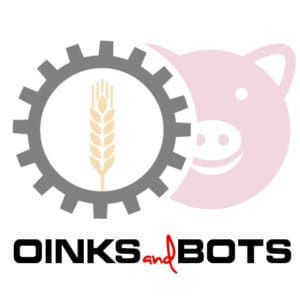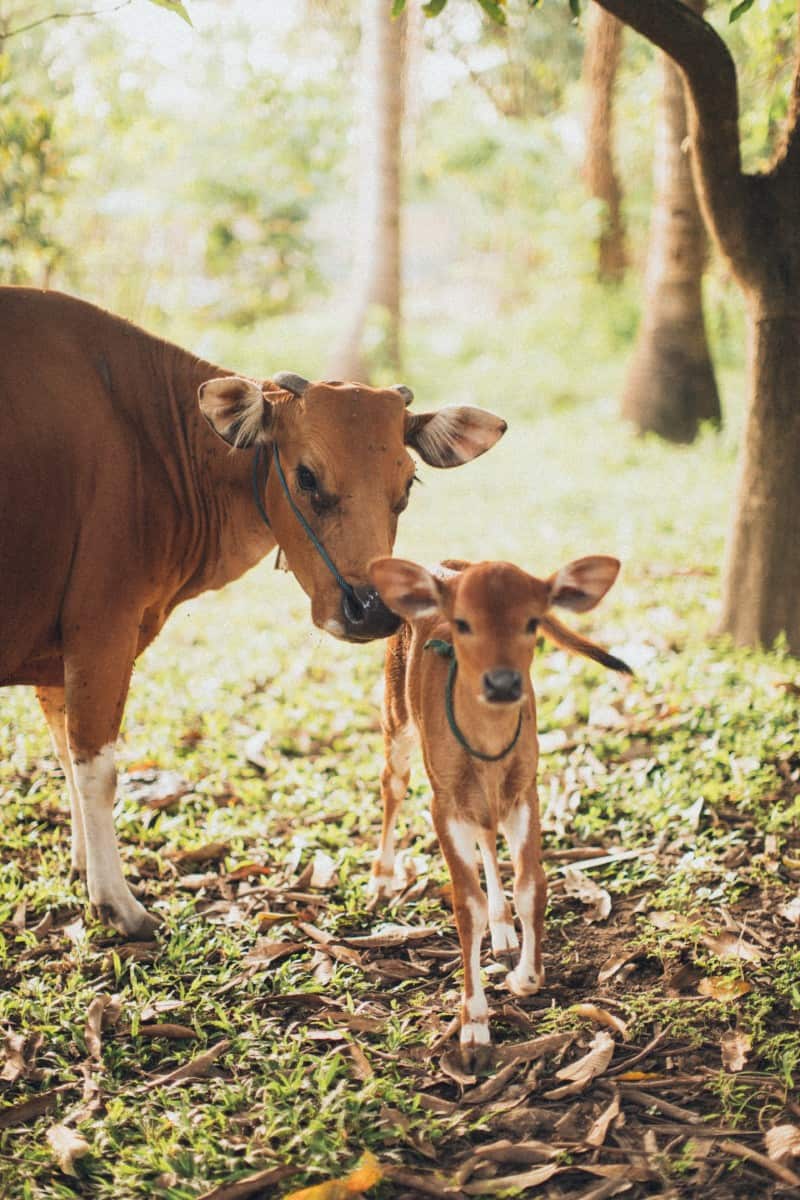The process of giving birth in cows is sometimes called calving. Calving can be a difficult and strenuous time for cows, even he most healthy among them. When a cow is experiencing difficult delivery in the birthing process, this is called Dystocia.
In cattle, such birthing difficulty occurs most frequently in first-calf heifers. On the average, 50 percent of dystocia in cattle happens in first-calf heifers and 25 percent occur in second-calf heifers. The remaining dystocia are distributed throughout the rest of the calving cow herd.
There are many reasons why dystocia may occur. Calving difficulty is most times caused by disproportionate size. This is a situation in which the calf is too big for the birth canal. One of the most important factors to note is the weight of the calf at birth. This influences calving ease to a great extent. There are other factors such as the calf’s breed, sex and conformation.
How to Assist Difficult Cattle Births
Waiting For The Cow To Begin Calving Out
When a heifer or cow is about to give birth, it will separate from the herd. It will try to find a solitary spot. Already, you will know which of your cows are pregnant and will be keeping an eye on them anyway. Hence, when you see one moving away from the herd you will know that the time has come. When this happens, then you should be prepared to go into the calving process properly.
Identify How Far Into Labour She Is
For a start, the prospective mother will lie down, get up, walk around a bit and then lie down again. She may repeat this process once or twice. Already, she is in labor. As she continues further into labour, you will see a round, yellowish water sack emerge from her vulva. If things go alright, this will be followed by the calf’s two front feet (facing the floor) and – shortly after – its nose.
If, for any reason, you notice that there is a pause and the calf does not emerge any further than this after an hour you will need to lend a hand. This same process applies if the calf’s feet are pointing up in the air, rather than toward the floor.
Step Three – Offer Assistance If Needed
There are rare instances when a birth will go smoothly. Most times, it will not. If your cow needs a hand the first thing you need to do is ensure your own safety by establishing whether or not the mother to be is calm enough to let you near her. If she is then you can skip to the next step. If she is not calm but appears violent, then it is strongly advised that you use a head gate to restrain her and that you get her into one as quickly as possible.
Step Four – Prepare To Render Assistance
Assisting a birth is very hands on, so the first thing you need to do is wash both your arms from your hands to your shoulder. Assuming that you have any, now would be the time to don your gloves (preferably arm-length) and apply a generous helping of lubricant.
Step Five – Do What You Can To Help
If the calf is in a normal position, you have to tie a calving rope or calving chain to the calf’s front two legs and then pull the calf out and down when the mother is pushing. It is important that you do not try to pull the calf out whilst the mother is not pushing. This will harm both the mother and calf. If at any point you feel as though it may be beyond your ability to assist your cow, contact your vet immediately.
If the calf’s rear legs have breached (back legs), rather than its two fore legs, then you will need to act very quickly. There is no need to waste time by trying to push the legs back in and turn the baby around, instead you simply tie your calving rope or chains to the legs and pull it out as fast as you can.
It is possible that the calf will come out in other ways – such as tail first, front legs up, head back, etc. – and in these instances, unless you have had experience in dealing with them, you may want to contact a vet, as resolving these issues can be very difficult and hazardous to the mother, child and even yourself.
Step Six – Get The Calf Breathing
Once the calf is clear of the birth canal you should take steps to get it breathing, which can take between 30 seconds and a minute. You can help by clearing the amniotic fluid away from its nose and then tickling it with some straw, putting water on its ears, or by performing artificial respiration. This is similar to performing CPR on a human, and can be done by extending the calf’s head upwards so that its airways are open and then breathing into its nose. Note that artificial respiration is not always healthy and can lead to the spread of diseases from the calf to you.
Step Seven – Put The Calf & Its Mother Together
Once the calf is breathing, the job is done. You should take it to an isolated pen with straw and water. Now that the mother is calm, you can bring the mother to her calf and leave them alone so that the newborn can feed, and the mother can clean it. It is essential that you are close by and be sure the calf is feeding. For the best chance of survival, a newborn must feed within the first few hours of life, so if for what ever reason the cow cannot feed her calf, you will need to provide it with colostrum manually.
FACTORS CAUSING DIFFICULTY IN BIRTHING
Close to 80 percent of all calves who die at birth are anatomically normal. Most of them die because of injuries or suffocation resulting from difficult or delayed parturition (calving). There are three major factors that contribute to calving problems. They have been divided into three major categories — calf effects, cow effects and fetal position at birth.
Calf Effects
Heavy birth weights account for most of the problems related to the calf. Birth weights are influenced by breed of the sire, bull within a breed, sex of the calf, age of the cow and, to a degree, nutrition of the cow. The shape of a calf may also have a significant effect on calving problems.
Cow Effects
There are many factors associated with the cow that influence dystocia. The main ones being her age and pelvic size.
Age
First-calf heifers require more assistance in calving than do cows, because they are usually structurally smaller.
Pelvic Area
Pelvic area which is also called the birth canal is a very important part when it comes to birthing healthy calves.
The pelvic area grows as the female develops to maturity. Thus, a higher proportion of calving difficulty in 2- or 3-year-old cows is due to smaller pelvic openings. Heifers and cows with small pelvic areas are likely to require assistance at calving. There are however times when even heifers with a large pelvic area also need help delivering large calves.
The calf’s birth weight and cow’s pelvic area have a combined effect on dystocia. Many heifers giving birth to calves weighing more than 80 pounds will have difficulty no matter how large their pelvic areas are. The problem with two-year-old heifers is either a pelvis too small or a calf too large to allow them to deliver without assistance.
Therefore, calving problems could be reduced by decreasing birth weight through bull selection and/or increasing pelvic area by selecting the larger, more growthy heifers.
CONCLUSION
Many calves and even cows are lost during birthing process and this ought not to be. The process of birthing sometimes goes smoothly without the need of human intervention. But then, when there is need for you to assist, the steps above will help guide you. However as always, if you require assistance, it is always advisable to get in touch with your vet. It is good practice to let your local vet know of estimated birthing times in your herd so they can be prepared for sudden emergencies.

